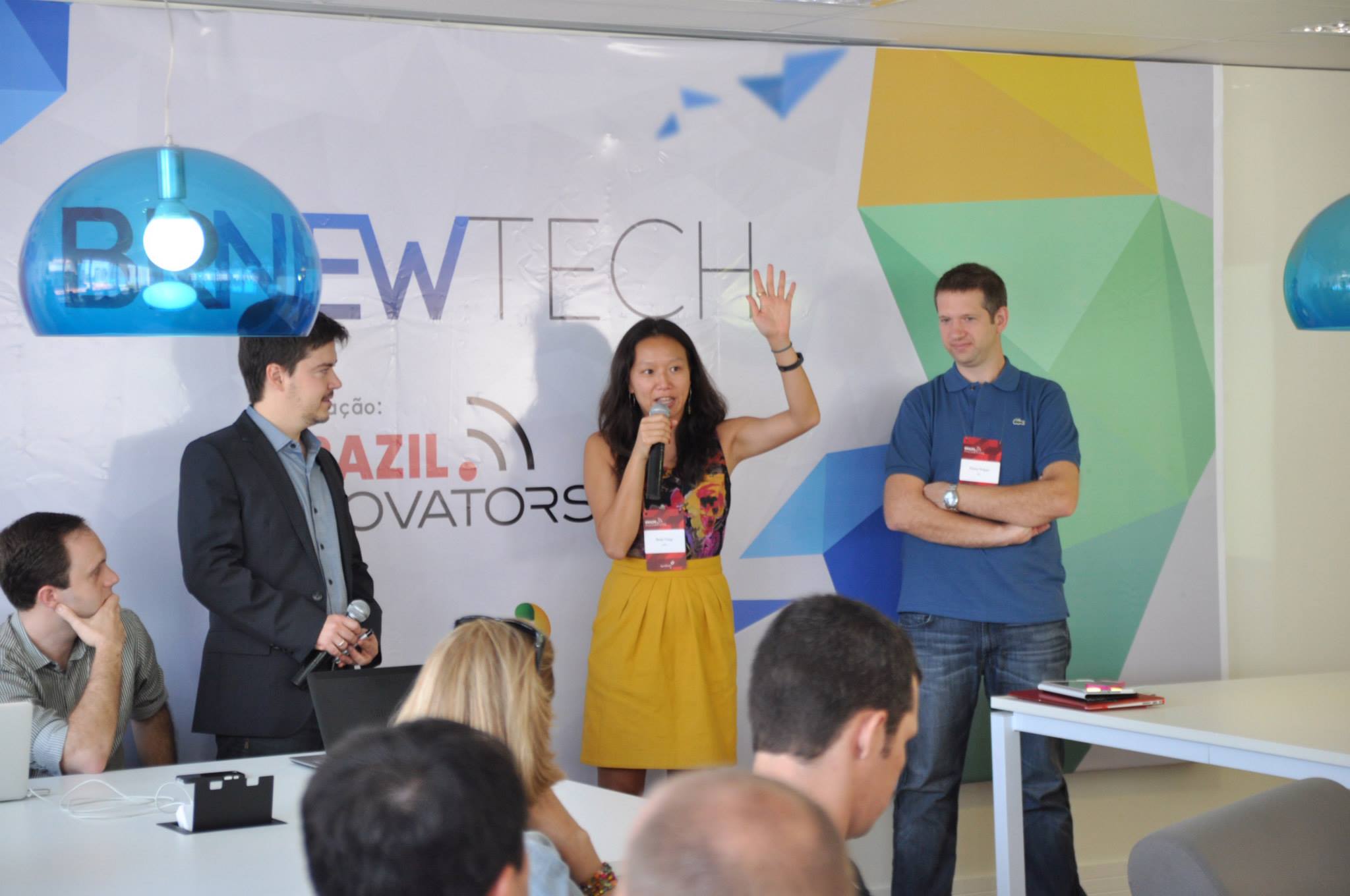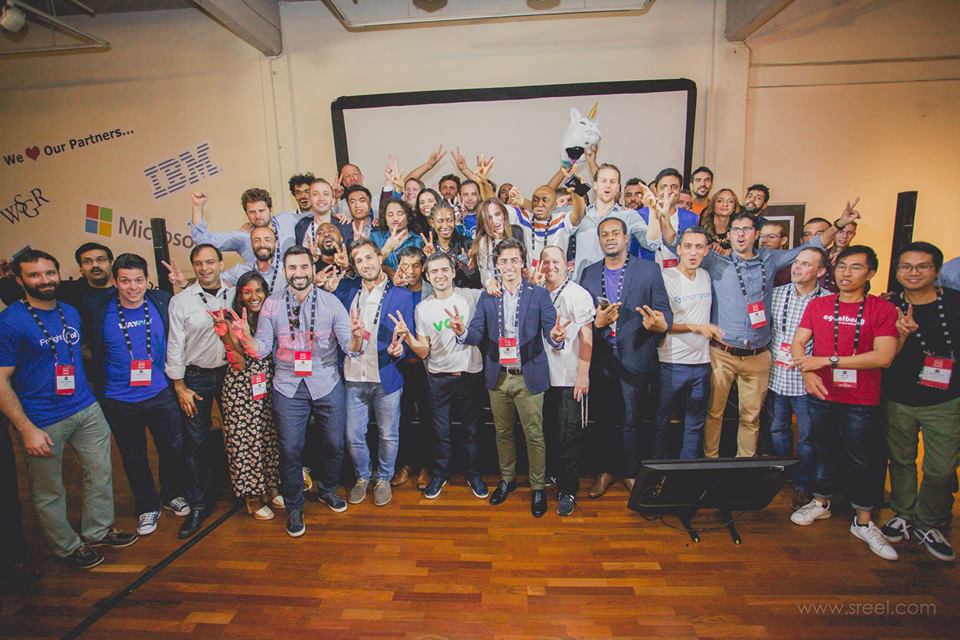Most VCs think they can predict the future when it comes to early stage deals.
At 500, we’re more realistic about our strengths and weaknesses as seed stage investors. We realized early on that building high-velocity deal flow – more than the art of predicting winners – was our super power and we’ve built on that strategy ever since.
(We’ve been shouting our investment strategy and portfolio approach from the rooftops since 2010. Read more about how we pick investments)
We’re sharing that approach, as well as some tips on how to build a pipeline of high-quality deals that can scale in the future, in today’s blog post.
From hundreds to thousands
When you’re just getting started as a VC, unless you’ve already built a brand, you’re generally starting with an outbound approach.
That means hustling for meetings, attending demo days, cold-emailing startup CEOs, and more. It takes tons of hustle to build your brand and that part of the job never really ends.
When we first got started, we were seeing hundreds of companies apply through our accelerator program. In 2017, we saw on average 2,500 companies and invested in ~35 companies per application process.
You don’t get to those numbers from day one. For this blog post, we’ll focus on some of the tactics that got us to where we are.
Building a global community
With more than 1,800 investments in over 60 countries, building a global network has been one of the most effective ways of generating inbound deal flow.
Our microfund and venture partners help us tap into new ecosystems around the world. Many of our partners have first-hand experience building communities outside of the valley, which gives us access to opportunities in geographies and sectors that are often underserved by Sand Hill Road.
Our roadshows like Geeks on A Plane bring a taste of Silicon Valley to cities like Dubai, Hong Kong, Amman, Hangzhou, Tokyo, Rio de Janeiro, and more, deep diving into one metro at a time. In turn, we meet and partner with the key players in the local startup ecosystem, and co-host informational sessions at coworking spaces, universities, and entrepreneurship organizations.
That’s how we hired Khailee Ng, our managing partner based in Southeast Asia who through 500 Startups fund invested in Grab, the ride-hailing platform valued at $1B+.

The reason I joined 500 is because I had built up a really strong network in Brazil and was able to source deals from Latin America for the firm.
How did I build my deal flow there?
Well, I created one of the largest tech meetup groups in Brazil (80+ events) and built an active mailing list of more than 10,000 members interested in the Brazilian tech scene. In 2014, I joined the Kauffman Fellows, the two-year leadership and networking program for VCs.

I also mapped every follow-on investor in Brazil so I could always recommend startups that were ready for the next round of funding. That helped me build a brand as one of the go-to liaisons between Brazil and Silicon Valley. Instead of hunting for deals, I started getting more inbound leads and better access.
500 has replicated that approach in markets around the world.
Build a process you can scale
Here at 500, our seed program (f.k.a. accelerator program) has been one of the more efficient ways to increase deal flow. We’ve built a process and timeline for startups to apply for the program, and over the years, the number of applicants and quality of companies have dramatically increased.
“You run an accelerator AND a seed fund!? That’s crazy.”
That’s some of the early feedback we heard when launching the first batch out of our seed program in Silicon Valley. However, 23 batches later, it’s hard to argue that it hasn’t been a huge differentiator for us.

The success of 500’s approach can be seen in our investments in companies like TalkDesk, Shippo, and Mayvenn – all examples of bets we made on founders that didn’t fit the typical Silicon Valley stereotypes.
TalkDesk’s founders, Tiago Paiva and Cristina Fonseca, are developers from Portugal who were able to find product market fit during our program. Today, TalkDesk serves 14,000 customers.
Working the conference circuit
Not everyone is crazy enough to build an accelerator though. The operational costs associated with running the program are quite high, and there are a lot less time-intensive ways to attract deal flow.
Events are an easy place to start. My advice to VCs who are looking to build a brand is to start networking your way into speaking gigs at tech conferences (even better if there’s a vertical focus in line with your investment thesis). Some will have office hours where you can offer your time and expertise during meetings with founders.
Keep an eye out for pitch competitions, which are always on the lookout for judges. If you have an opportunity to partner with an accelerator, whether it’s attending a demo day, volunteering as a mentor, or even a more formal arrangement where you can share deal flow, take it.
Sharif El-Badawi, who manages our MENA fund, is a great example of that approach paying off. Sharif is deeply connected to the tech ecosystem in the Middle East and North Africa as the result of his work mentoring at the non-profit, TechWadi.
On a smaller scale, hosting small private networking events, such as our “Friends of 500” dinners, is a great way to develop relationships with your co-investors and other VCs. Ask them to forward you companies that might be a good fit and offer the same to them.
Creating content
If events aren’t your thing, there’s plenty you can do from the comfort of your standing desk to build your reputation as a VC, and in turn, build your deal flow.
Edith Yeung, 500’s Greater China partner, is one VC who comes to mind. Edith has built a respected brand by showcasing her deep expertise with an M&A newsletter, an annual China Internet Trends report, and countless press interviews.
More recently, she’s emerged as a thought leader in the crypto space and has leveraged that reputation by starting a cryptocurrency track at 500.
Blogging, recording podcasts, starting newsletters on topics close to your investment thesis – these are all ways to refine your own thinking, market your expertise, define the scope of your investments, and tell the world exactly what you’re looking for.
Interested in VC? We’re currently accepting applications for VC Unlocked (June 18 – June 29, 2018), our 2-week executive education program in collaboration with the Stanford Center for Professional Development on the secrets of Silicon Valley investing.
Note: 500 Startups events are operated by 500 Startups Incubator, L.L.C. and the funds advised by 500 Startups do not participate in any revenue generated by these activities. Such programs and services are provided for educational and informational purposes only and under no circumstances should any content provided as part of any such programs, services or events be construed as investment, legal, tax or accounting advice by 500 Startups Incubator, L.L.C. or any of its affiliates.




